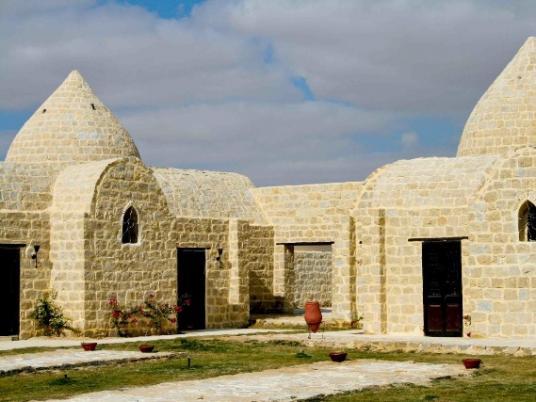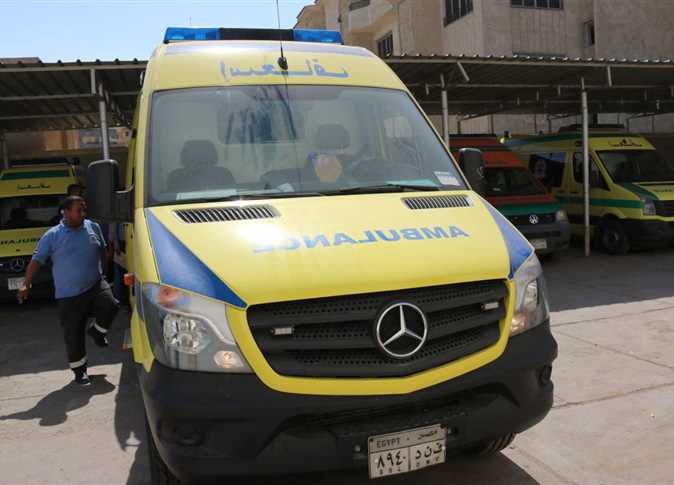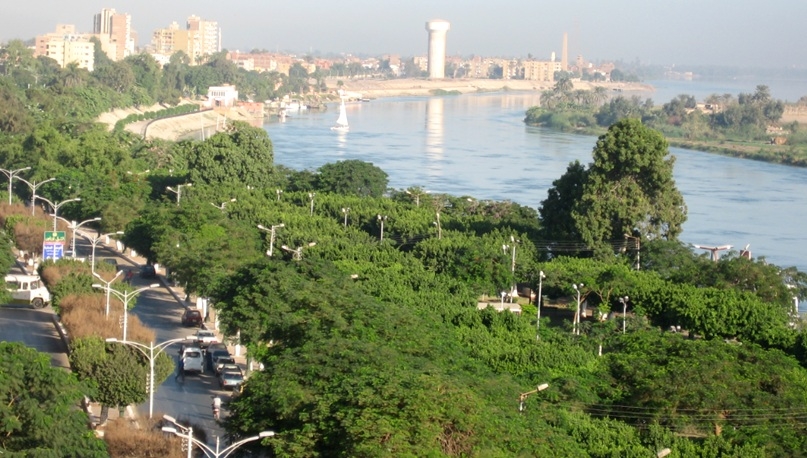
For many years, Upper Egypt has not been on the radar in terms of concerted national development policies. But it is a region with much potential for developing a sustainable tourism sector that would benefit its population by creating job opportunities for the youth while helping the government formalize a sustainable tourism agenda.
Speaking to Egypt Independent, Laila Iskandar, a development expert, explains that “donor money has been directed to that region more than any other, but because of policy failures, all development indicators have remained the same.”
Consequently, young laborers from the region migrate to coastal zones, other tourist areas, the Gulf, or Libya in search of livelihood.
Recently, the government announced that the tourism sector has lost an estimated US$40 million per day since 25 January. While this news is troubling, it also raises questions about the context in which this loss took place.
Egypt’s tourism policy since the 1970s has been based entirely on mass-tourism. The majority of tourists coming find themselves following a tightly controlled tourist experience, which entails staying at huge concrete hotels or resorts and moving in mass to visit a carefully chosen set of archaeological sites.
Such a model is profitable only to a handful of businessmen and big investors, leaving almost no room for smaller investors and tourism workers to benefit from the profits.
Years of mass tourism has fueled environmental degradation and caused extensive damage to Egypt’s flora, fauna and historical sites due to the lack of regulation on the number of visitors.
In the words of Iskandar, to move forward “we need to re-visit the monopolistic capitalist policies implemented in recent decades, and the concessions provided to large corporate investors should now be allocated to small and medium-sized local projects.”
Local initiatives in support of sustainable tourism
According to Yahia Shawkat, an architect and heritage planner, Upper Egypt in recent decades has witnessed a deliberate stifling of the tourism sector, particularly between south of Beni Suef and north of Qena.
Mubarak’s response to the rising presence of militant Islamist groups in the 1980s and 90s led to the closing of the area, as opposed to helping develop the region to address underlying frustrations which led to the groups’ formation.
As a result, the large number of tourists coming to Egypt has always been directed to certain locations while avoiding areas in Upper Egypt, despite its wealth of archaeological sites, flora and fauna.
But with time, local and community-driven initiatives have arisen when possible.
One of these is The New Hermopolis eco-village, created by Mervat Nasser, a physician from Minya who decided to undertake a sustainable project to benefit the community.
Located 340km south of Cairo and less than 3km from the antiquities of Tuna al-Gebel, The New Hermopolis is a limestone structure consisting of 16 rooms with a capacity to house 52 visitors. The whole building is run on ecological principles based on preserving water and energy. The building’s heat comes from solar energy.
According to Nasser, this project is meant to introduce the concept of responsible tourism to the region. The resort’s revenue will be used for development purposes to implement a sustainable community project to support the growth of civil society and empower local residents.
Its name reflects the founder’s aspiration to revive the area’s rich intellectual past. In the words of Nasser, “The nearby city of Hermopolis is considered the seat of creation in mythology. It used to be the capital city of the fifteenth Nome of Upper Egypt and stretches about 5km from Ashmonin (eastern Hermopolis) to Tuna al-Gebel (western Hermopolis).”
“Hermopolis was named after ‘Hermes,’ the Greek equivalent of the Egyptian ‘Thoth,’” she explains, “the lord of time, the inventor of writing and the guardian of thought who revealed to the Egyptians all knowledge on astronomy, architecture, medicine and alchemy. Archaeologically, the city has a number of monuments and is currently on the list of Egyptian ancient sites, though hardly visited,” she adds.
With her project, Nasser hopes inspire the rediscovery of the intellectual innovation and cultural dialogue that once flourished in this area and to serve as a catalyst for the development of the region with a view towards long-term sustainable development.
But to ensure success, Shawkat highlights the need for such initiatives to be supported by a set of policies and guidelines. “The local government has an important role to play,” explains Shawkat.
“First, they must put in place the necessary regulations serving as guidelines for those wanting to undertake such initiatives. Consequently, they are responsible for ensuring that the tourism industry, once introduced in the region, does not grow at the expense of local communities.”
He adds that “the only way to ensure their success is by creating a participatory framework whereby the community is an integral part of introducing sustainable tourism to the region. It is bound to fail if imposed from above as it will be associated with the harmful consequences of large-scale tourism projects.”
It is time for the government to give the region its due attention and support. And with the country at a crossroads, this is an ideal time to move forward while learning from the mistakes of Mubarak’s regime.



